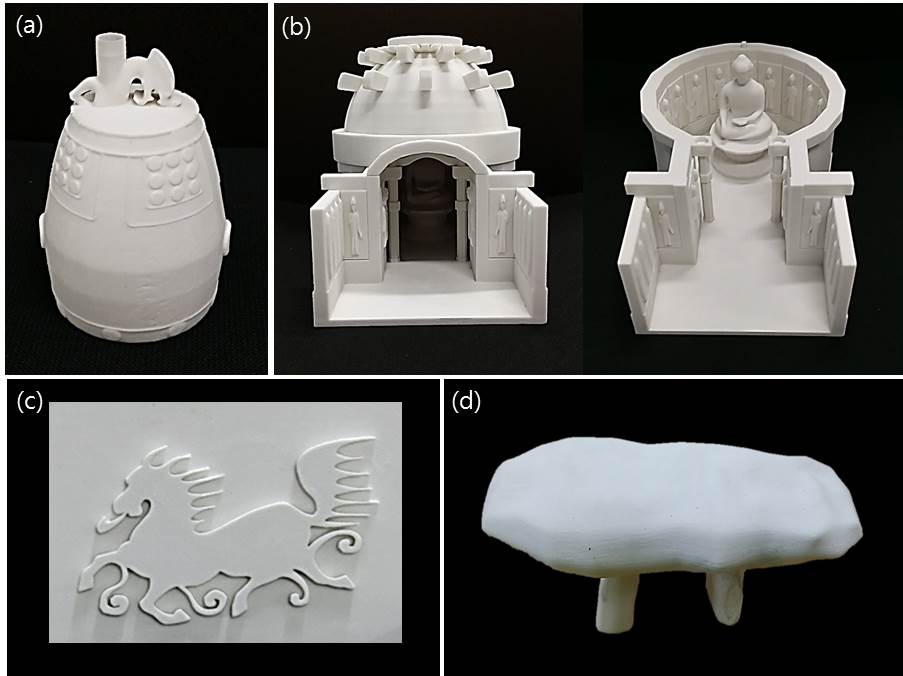A group of Korean researchers have developed a new method for rapidly 3D printing educational materials on paper for the visually impaired.
Recent improvements in the development of braille printers has increased the amount of educational material available to the visually impaired and partially sighted, however there are still limitations to relying on braille to navigate our sighted world. Many braille books are simply too large to take into public, and many public signs that have written braille instructions may be difficult to understand because the instructions may not be detailed or clear enough. Educational material durability is also a concern, as materials are being touched every time they are used, so books and other paper materials wear out very quickly.
The Korea Institute of Science and Technology’s Dr Myoung-Woon Moon and his research team have developed new 3D printing methods that utilize 3D surface thermal reflow treatment techniques that will produce durable 3D printed objects with very detailed lines and curves ideally suited to being regularly handled by the visually impaired. This will allow flat objects to be 3D printed onto the pages of braille reading materials that will contextualize many concepts that require an understanding of shape and texture. So 3D maps can be printed, adding context to descriptions of geographical locations for instance, or an object will be printed in the shape of an apple with the word apple written in braille on it to help the student associate the word with the shape. It will also allow small, simplified 3D prints of 3 dimensional objects like historical artefacts and landmarks that the visually impaired may not be able to experience any other way.
“The materials have been developed to enhance the quality of life and learning of the visually impaired and partially sighted students but, it is also expected to be used in other educational fields for general students.” Said KIST’s Director-General of the Institute for Multidisciplinary Convergence of Matter “We will put our utmost efforts in R&D that enables a happier life and better education for the physically challenged students.”
The thermal reflow method includes 3D printing the object at high temperatures – 160˚C – and maintaining that temperature the entire time it is printing in order to get smoother surfaces and allow the molten plastic to bond completely with the surface of the material that is being printed on, in this case paper but it can also be used on other materials like plastic and ceramic. This helps the model maintain a surface smooth enough to insure reusability and without the rough surfaces typical of most 3D printers. Reducing the visual noise on an object will make understanding considerably easier for the students using the models.
A paper detailing the new 3D printing technique is due to be published in the journal of RCA Advances titled “3D Printed Tactile Pattern Formation on Paper with Thermal Reflow Method.”. You can see by looking at a few examples of the 3D objects printed using this method that the replicas are simplified so the visually impaired will have a greater understanding of shape, scale and spatial orientation without overwhelming their senses.




